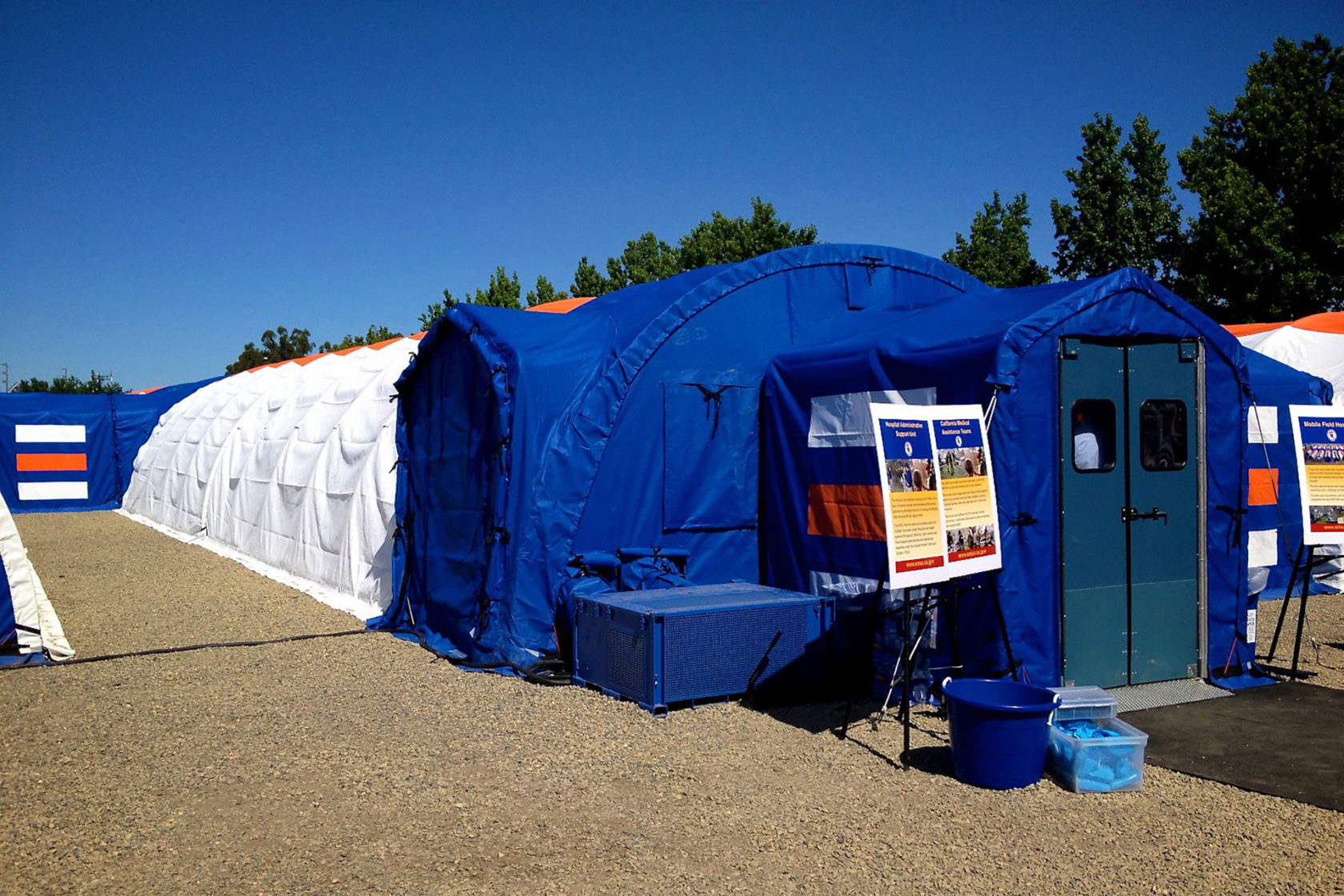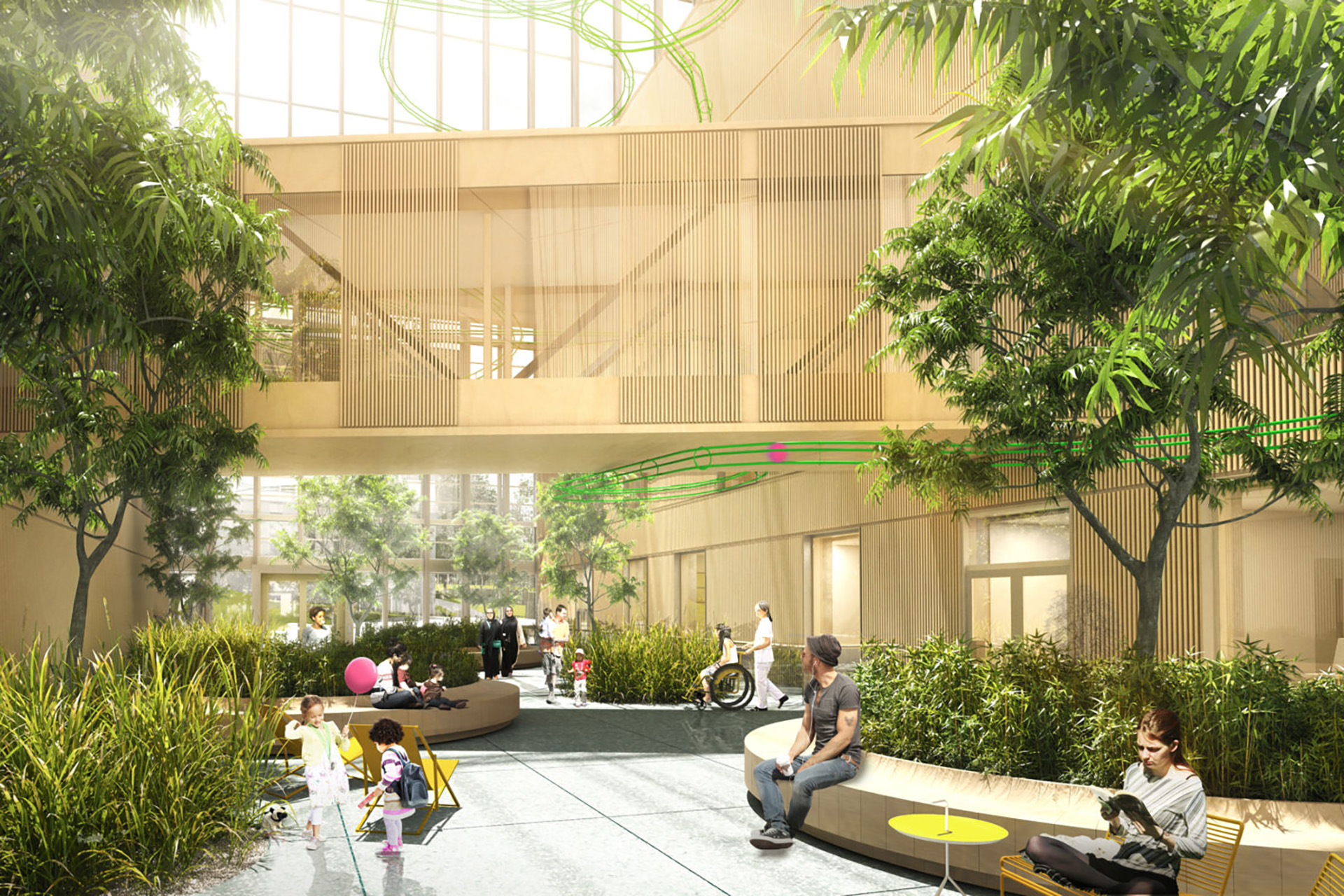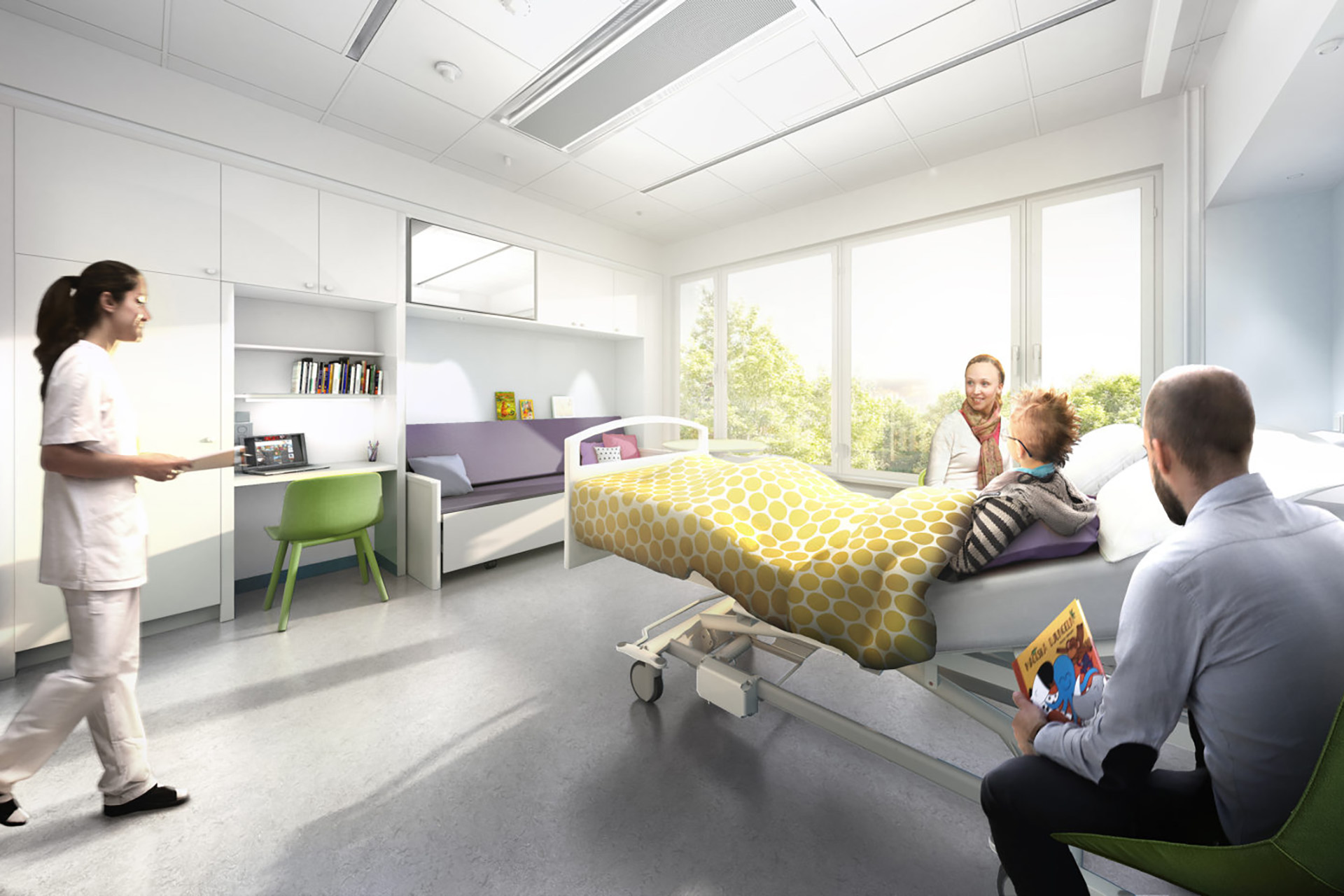People, Disciplines + Industries

In the #inspiredby column, we typically profile an exemplary design or project that offers a glimpse into the future of culture, but this season we are feeling more inspired by people across disciplines and industries that are addressing the challenge of designing both short and long-term spaces that can curb the spread of disease and provide comfort to those in need.
It goes without saying that there are many underlying social and political issues that cannot be designed away, but there are effective solutions in space and material design: for instance, pop-up units and the rethinking of patient flows in ER units that can help mitigate the damage caused by COVID-19. Below, we share some examples that have been inspiring us during this trying time—groups that are working hard to protect and treat some of our society’s most vulnerable populations and designers who are thinking ahead to prevent history from repeating itself.
There’s no running water, but this “tent medicine” complex has been equipped with a negative pressure ventilation system to keep patients from spreading infection as well as heat, oxygen tanks, and naloxone.
During this time of social distancing, people who do not have the option of sheltering in place at home or regular access to hygienic facilities are especially vulnerable to infection, whether they are on the street or in crowded shelters. In order to address this, Boston Health Care for the Homeless Program has teamed up with local shelters to set up temporary self-quarantine and treatment spaces on Boston’s Southampton Street. There’s no running water, but this “tent medicine” complex has been equipped with a negative pressure ventilation system to keep patients from spreading infection as well as heat, oxygen tanks, and naloxone. In addition to rapid response pop-up strategies such as this one, architects, engineers, and designers are forming a grassroots network* to offer the city of New York support in accommodating the growing number of treatment spaces.
The current crisis is also prompting designers of all stripes to consider what design interventions can do to aid in combatting the current pandemic as well as future viral outbreaks. Firms like Mass Design Group have begun compiling resources on how such outbreaks may be prevented and mitigated in the future, both at the scales of personal action and policy. Their COVID response page compiles design best practices and relevant information that they have gathered over ten years of designing and retrofitting spaces optimized to reduce the transmission of disease and, just as importantly, to make people feel comfortable. As they note in their “Designing Spaces for Infection Control” resource, it is social distancing, rather than social isolation, that makes us healthier. In a similar vein, Mass’s design guidelines urge us to consider health in a more holistic sense—along with proper ventilation, flow sequencing, and layout, we need to design with community and culture in mind.
 Queen Silvia Children’s Hospital, courtesy of White Arkitekt
Queen Silvia Children’s Hospital, courtesy of White Arkitekt
This pandemic is hitting communities across the world and we still have a ways to go before the smoke clears. If we have learned anything from this current crisis so far, it’s that community and health are always more interconnected than we think. While, at present, the most pressing issues for hospitals are containing the spread of COVID-19 and treating the sick, we see a potential for hospitals and culture to be more closely connected in the future. It’s been shown time and time again that there are health benefits to receiving care in home-like spaces, and firms like White Arkitekter have put this into practice in their design for Queen Silvia Children’s Hospital in Gothenburg, Sweden. By bringing together open ground-floor spaces, play therapy rooms, and color, White Arkitekter’s design breaks from the traditionally bleak feel of hospitals. Just as Rijksmuseum has a small exhibit of paintings at Schiphol airport to imbue air commutes with an enriching experience of art, it seems likely that we will see a deeper connection between the healing potential of culture and the cultural aspects of healthcare in the years to come. Perhaps the future of culture and the future of healthcare are not as separate as they may initially seem.
*If you are an architect/designer who would like to contribute to the effort we mentioned above, please reach out to [email protected]
 Queen Silvia Children’s Hospital, courtesy of White Arkitekt
Queen Silvia Children’s Hospital, courtesy of White Arkitekt

Dan is a Brooklyn-based writer, musician, and researcher. He received his B.A. in cultural anthropology from Wesleyan University in 2017, with a focus on development studies and experimental ethnography. He has since worked for cultural and political organizations across New York City such as Van Alen Institute, New York Civil Liberties Union, and Jamaica Center for Arts and Learning.

